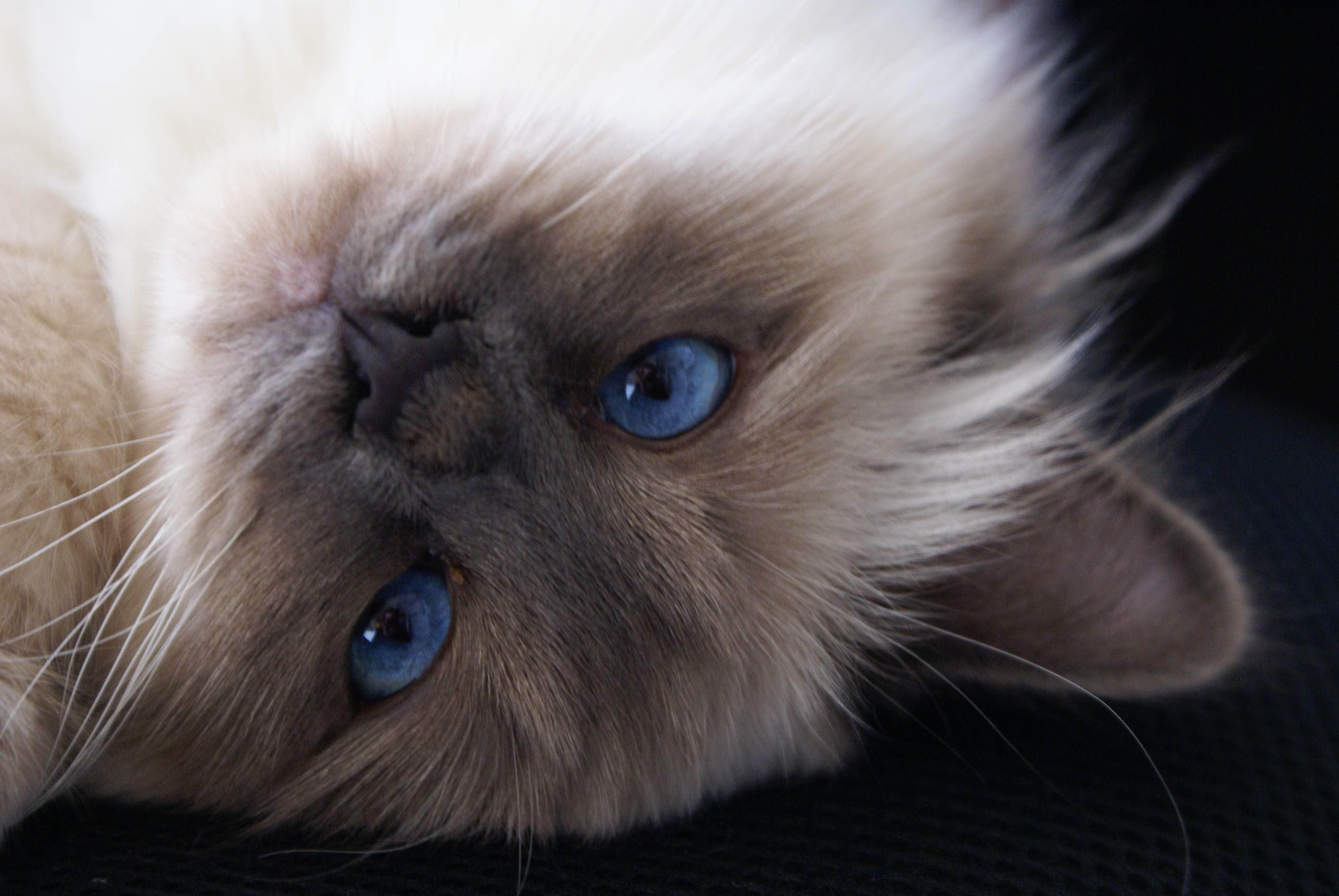
The Sacred of Burma is one of the races which benefits from a widespread legend which is attributed to the novelist Marcelle Adam.
The Sacred of Burma - Although the earlier history of the Burmese is surrounded by a ton of folklore, its origin on European soil is that a pair of Burmese cats were stolen from the temples of Burma and brought back on the yacht of an American in the 1920s. The first possible traces of the existence of the Burmese go back to France, in the city of Nice.
During World War II, the Burmese cat breed was significantly depleted and was almost threatened with extinction. The recovery of the breed came with successful litters produced in the 1950s. Birmans were recognized in Great Britain in 1965, and then by the CFA (Cat Fanciers Association) in 1966. Burmese Cats have been used to found many other breeds, including the Ragdoll.
Fun fact, a popular tale shows how a Burmese cat's blue eyes and golden coat were bestowed by a blue-eyed goddess who was touched by the Burmese's loyalty and devotion to her priest. It was believed that the souls of deceased priests were also reborn as Burmese Cats. This is why they are also known as the sacred cat of Burma
Appearance of the Birman cat:
Size Considered a medium-sized cat, the average weight of an adult Burmese cat varies from 3 to 5 kg.
Features :
They are loved for their bright blue eyes and white coloring around each paw making it look like the cat is wearing socks or mittens! Other notable features include clear markings on the forehead.
Coat :
Burmese wear a medium-long coat with silky hair that thickens around the neck, forming a mane/ruff and ending in a plume tail.
Colors:
The Sacred of Burma have many color variations. This includes Seal, Lilac, Chocolate, Red, Cream, Tabby, Tortie and Blue points.
You will find on this site examples of Burmese cats.
To discover other cat breeds, we recommend visiting the website of the Fédération Féline Française, the site dedicated to the well-being of cats.
Grooming a Birman cat:
Given its medium-long coat, the Birman cat has a minimal undercoat, which means a low chance of tangling but it does happen sometimes. Creating hairballs remains difficult to remove, so be sure to brush and comb them once a week, and increase the number of times during the period of heavy shedding. This increases your chances of getting rid of hairs before they get on your clothes or sofas. More importantly, you will reduce the creation of hairballs which are often the cause of vomiting. However, it's difficult to escape it, you just have to let it happen.
Other practical elements:
Practice good dental hygiene by brushing your Birman's teeth with a veterinarian-approved toothpaste or special kibble. Trim their nails about every two to three weeks and keep their eyes clean with a damp cloth.



Compartir:
Parachuting Cats
The Persian cat, a very old breed